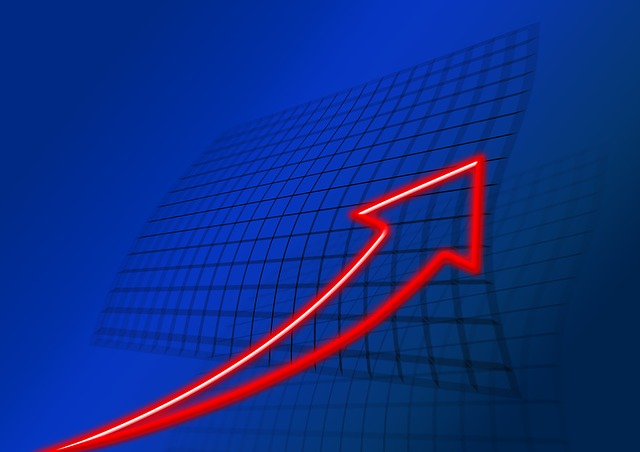Why do the biggest rallies happen in bear markets?
The biggest stock market rallies happen in bear markets. We almost never see a 5% rally in the stock indexes in a normal bull market, and if we do it may be signaling a short term price top. The market needs high volatility for huge outsized moves. Big stock market index moves to the upside are caused by uncertainty, fear of missing out, and low liquidity in most cases. It takes a lot of emotional buying combined with little holding conviction to get a big move to the upside. Two-sided volatility is not bullish and a rally in a downtrend doesn’t mean that a new uptrend has begun.
Bull vs Bear Market
Bull markets tend to be slow and steady and bear markets tend to be volatile and choppy. The biggest one-day rallies come in bear markets; the biggest one-day sell-offs come in bull markets. Uptrends make higher highs and higher lows while downtrends make lower highs and lower lows. This is the key metric to watch to filter between a break to the upside and just volatility inside a downward trading range. Big ups days and big down days are bearish. A one day move doesn’t make a new trend. A new trend usually starts on a high volume break to the upside of a previous resistance zone and then a follow through day.
Rally statistics
One of the best references for stock market statistics is the annual Stock Traders Almanac by Jeff Hirsch. It lists the biggest Dow Jones Industrial Average point swings, both up and down.
The top 10 biggest rallies in percentage terms, in the Dow Jones Industrial Average before 1950, happened in the years: 1929, 1931, 1932 & 1933. This was during the worst stock market crash and bear market of all time during the Great Depression. These rallies were just volatility inside a long-term downtrend.
The top 10 biggest percentage rally days since 1950 took place in 1987, 2002, 2008 and 2009. These also occurred during the worst bear market sell offs in the past 35 years.
In most cases a big bullish rally during a bear market downtrend is an opportunity to exit with any short term long side profits or sell short before it goes lower again.
Fake Rallies Versus A Trend Change
It’s normal to see huge rallies inside bear markets especially when a chart becomes very oversold or extended to extreme short term low technical levels. Technical analysis will use the context of price action in relation with oversold RSI or lower Bollinger Bands to determine whether a short-term rally is a high probability in a downtrend.
It is crucial for traders to develop a systematic process to filter out whether a rally is just a fake out inside a larger downtrend or it has broken key technical levels to signal a potential trend reversal to the upside.
